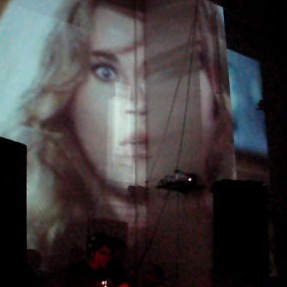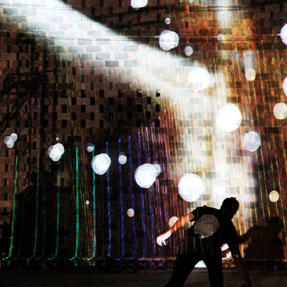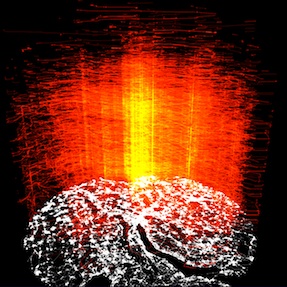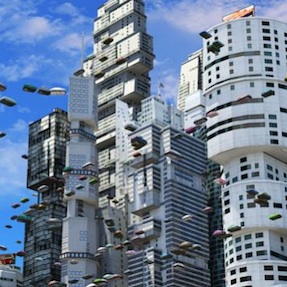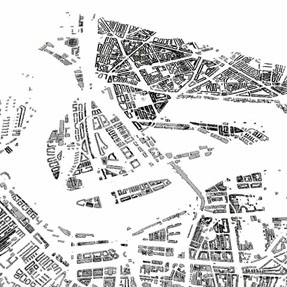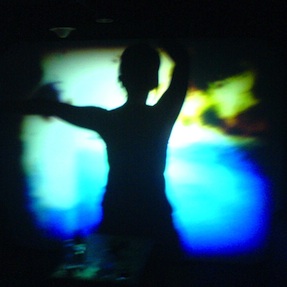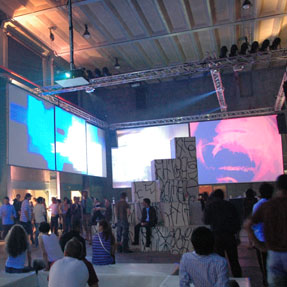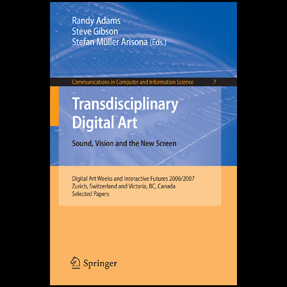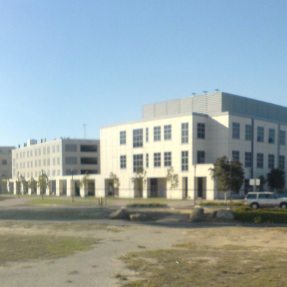Stefan Müller Arisona, research fellowship at UCSB, 2007 – 2008
Project Summary
The volume of digital media content has enormously grown in the recent years: Emerging internet-based applications, such as YouTube or MySpace, are media-rich, emphasise on content sharing, and attract huge communities. As the volume of content further expands, we see an increasing need for not only being able to annotate and retrieve content, but also to produce and edit content in a computer-assisted manner and by employing (semi-) automated methods. However, existing work so far does not satisfy these needs — both in terms of usable software instruments as well the underlying theoretical frameworks. This viewpoint is also acknowledged by upcoming European Union IST projects: The Framework Programme 7 (FP7) calls for projects addressing Intelligent Content and Semantics and targets at advanced authoring environments for interactive and expressive content [ICT Programme Committee, 2007, Objective ICT-2007.4.2]. Continue reading →

